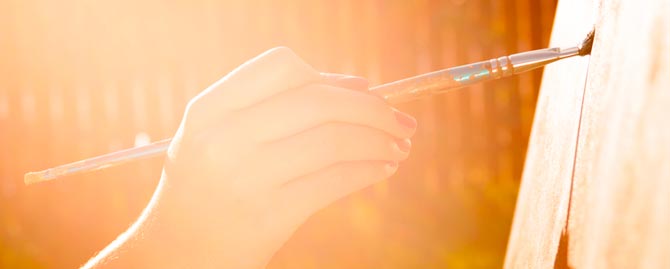Can artists play a role in community development?
Over 400 community organizers, advocates and artists explored that question at a recent San Francisco Fed conference focused on a new community development strategy called creative placemaking.
The innovative approach seeks ways to revitalize communities by integrating the arts in community planning and development.
“Artists and cultural institutions have a key role in building and sustaining the social and economic vitality of a neighborhood,” Ian Galloway, senior community development specialist at the SF Fed, said.
When community developers consider the best way to reimagine space, he added, they “should tap into artists, not only after the buildings are completed, but during the planning process, for their perspectives on the best uses of public spaces to build sustainable communities.”
San Francisco Fed President John C. Williams, one of the event’s main speakers, underscored the meaningful impact artists can have on economic development and the growth of communities.
“From my data-driven pragmatic point of view, I’ve come to the conclusion that the creative economy is both a force of economic growth and the key to solving some of our most complex, seemingly intractable problems,” Williams said.
“That’s especially true here in California,” Williams continued. “We’re the Mecca of creative industry. We’re the center of the tech industry. As a video game enthusiast, I will say that this is very dear to my own heart. We still reign supreme in entertainment. From fashion to art to industrial design, the creative economy is a great contributor to the state’s economy and the national economy.”
Melissa Sobolik, a Fargo City commissioner, cited a project in Fargo, North Dakota that seeks to turn the city’s storm water collection basins into vibrant, multi-functional green spaces. Many of the collection basins are located in low- and moderate-income neighborhoods. When these areas are not filled with water, the land is a barren and unsightly wasteland, making surrounding neighborhoods feel isolated, she said.
Sobolik, said residents leading the project, including many artists, hope to change that by building new features such as a walking path, a natural playground and an amphitheater for festivals and craft fairs.
The conference sponsored by the San Francisco Fed and the National Endowment for the Arts and hosted by the Yerba Center for the Arts, featured representatives from across the country who discussed case studies and shared experiences in implementation and outcome measurements.
You can watch President John Williams’ speech at the Creative Placemaking conference.
The views expressed here do not necessarily reflect the views of the management of the Federal Reserve Bank of San Francisco or of the Board of Governors of the Federal Reserve System.
